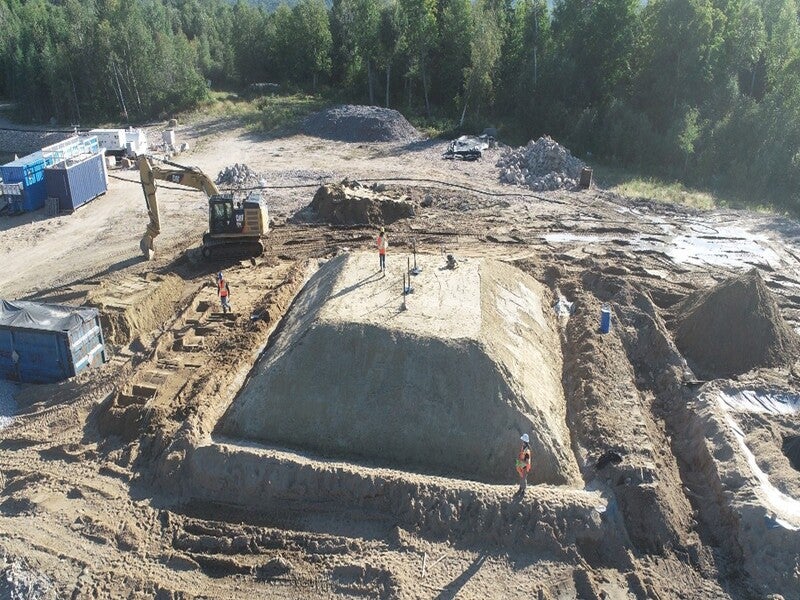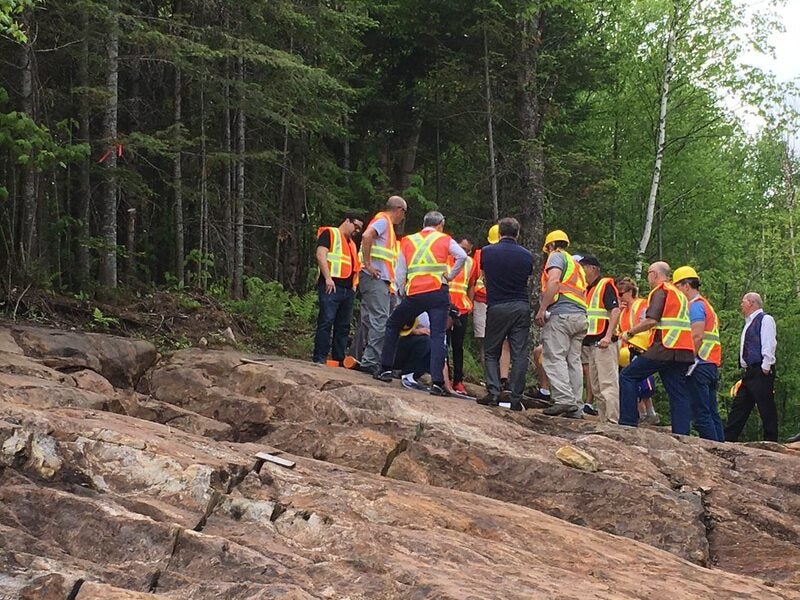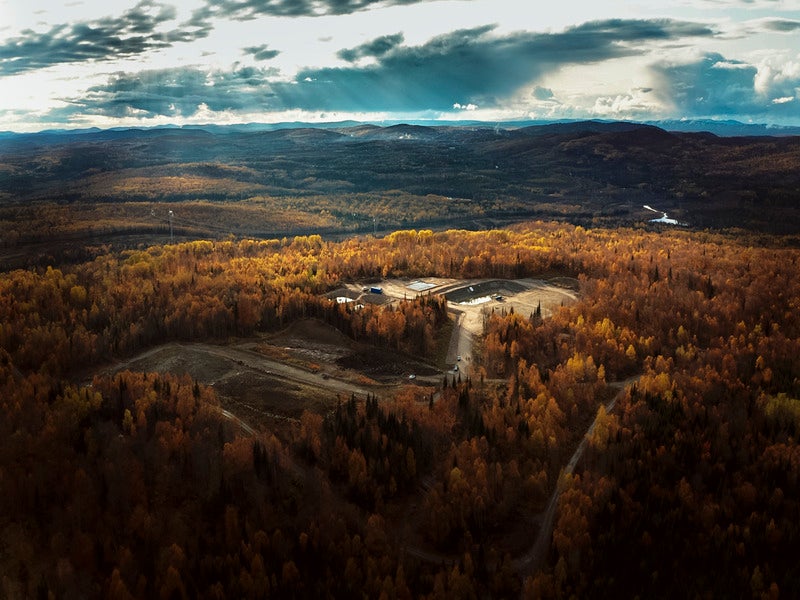The Matawinie graphite project being developed by Nouveau Monde in the Québec Province of Canada is expected to be the world’s first all-electric open-pit mining operation and the biggest graphite project in North America.
The Québec Government issued an environmental decree authorising the construction works for the high-purity graphite project in February 2021.
While a pre-feasibility study (PFS) covering the west zone of the Tony Claim Block was completed in October 2017, a feasibility study (FS) was completed in December 2018.
The construction works are expected to be started in the third quarter of 2021, with the start of commercial production expected in 2023.
The Matawinie graphite project is expected to produce up to 100,000 tonnes (t) of graphite concentrates a year over an estimated mine life of approximately 26 years.
Location, geology, and mineralisation
The Matawinie graphite property comprises a total of 319 mining claims covering more than 17,585ha in the municipality of Saint-Michel-des-Saints, approximately 150km north of Montréal, in the Québec province of Canada.
The initial mining operation is based on the high-purity Tony Claim Block, one of the eight main claim blocks in the property that consists of 145 contiguous map-designated claims covering an overall area of approximately 7,544ha.
The Tony block lies in the southwest portion of the Grenville geological province mostly comprising the Morin terrane (MT) of the Allochthonous Monocyclic Belt. The MT is centred over a large anorthosite body composed of paragneiss, amphibolite, and orthogneiss cut by charnockite intrusions.
The high-purity graphite mineralisation in the Tony deposit is mostly hosted in the paragneiss horizons in the form of disseminated graphite flakes.
Matawinie graphite reserves
The Tony block of the Matawinie graphite project is estimated to hold approximately 59.8 million tonnes (Mt) of probable ore reserves grading 4.35% graphite carbon (Cg) and containing approximately 6.2 million tonnes (Mt) of Cg.
The measured and indicated resources are projected to be approximately 120.3Mt grading 4.26% Cg, while the inferred resources are estimated to be 4.5Mt grading 4.43% Cg.
Mining method and ore processing
The open-pit mining method involving drill, blast, load, and haul operations will be employed to extract ore from the deposit. The entire mining fleet for the project is planned to be electric. It will involve electric battery-driven 36.3t mining trucks, battery-driven front-end loaders, cable reel excavators, and bulldozers, along with battery-driven service vehicles.
The run-of-mine (ROM) ore will be crushed and conveyed to a nearby processing plant where it will undergo grinding and floatation concentration for the production of graphite concentrates. The average mill feed of the processing plant is planned to 2.37 million tonnes per annum (Mtpa).
The final graphite product will be thickened, filtered, and dried before being bagged in super sacks for transport.
The processing plant is also planned to run entirely on electricity leveraging the vast hydropower resources of Québec.
Infrastructure facilities
The other infrastructure facilities for the Matawinie graphite project will include a 120kV power transmission line, main access and site roads, site electrical distribution and communication system, fire protection system, potable water and sewage treatment facilities, auxiliary buildings, and tailings and waste rock storage facilities.
Contractors involved
Met-Chem, a division of DRA Americas, prepared the feasibility report for the project in 2018, while SNC-Lavalin and Journeaux Associated, a division of Lab Journeaux were engaged for the pre-feasibility study (PFS).
Norda Stela was engaged in the preparation of preliminary economic assessment (PEA) of the Matawinie graphite project, while Kuipers and Associates were hired for the technical and economic viability analysis of the project in June 2019.
Medatech Engineering Services along with DRA, ABB, and SNC Lavalin provided specialised electrical engineering support services for the design and development of electric heavy equipment, while SGS Minerals was contracted for the metallurgical tests works.





